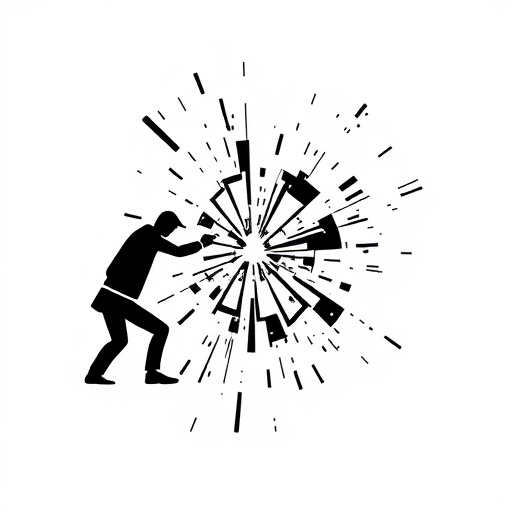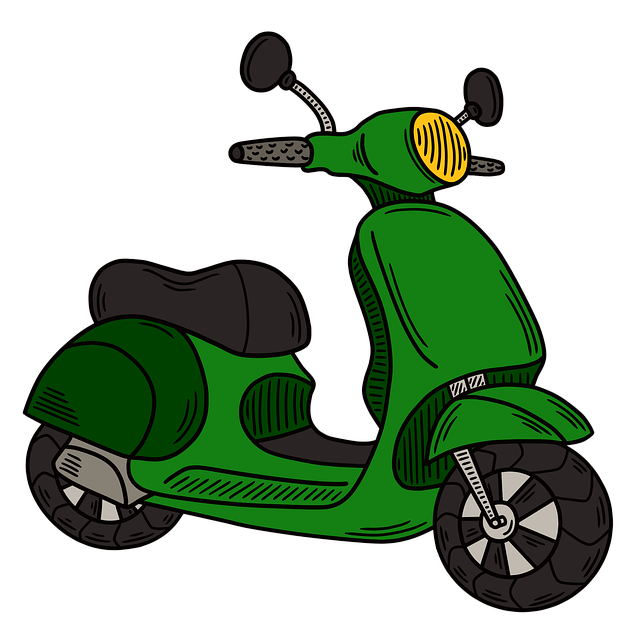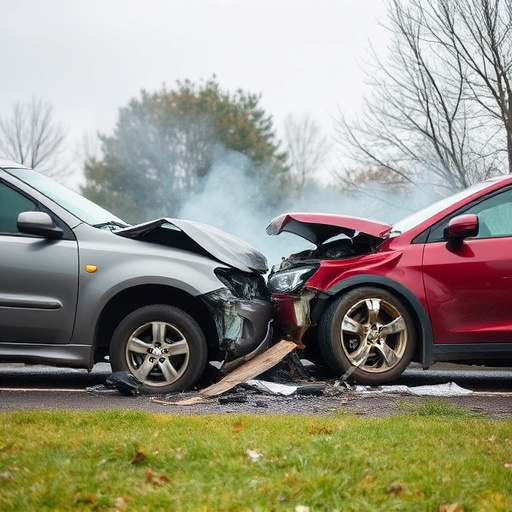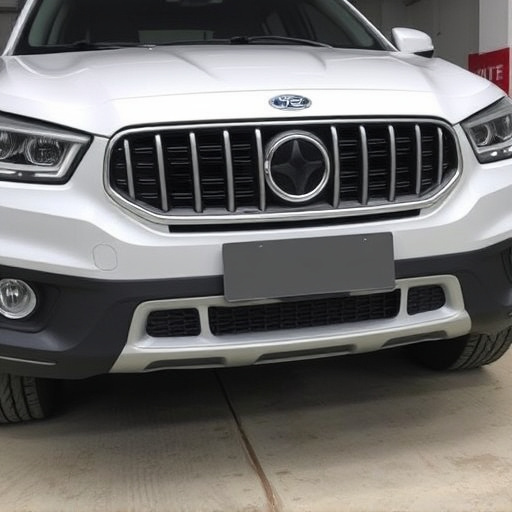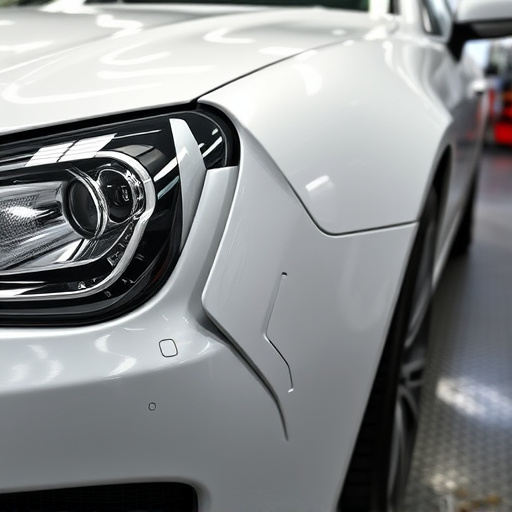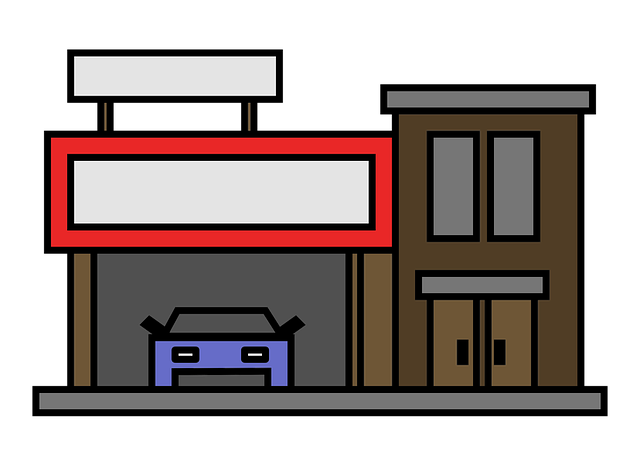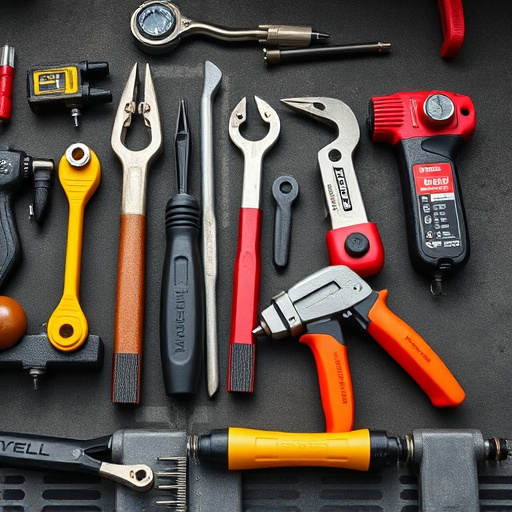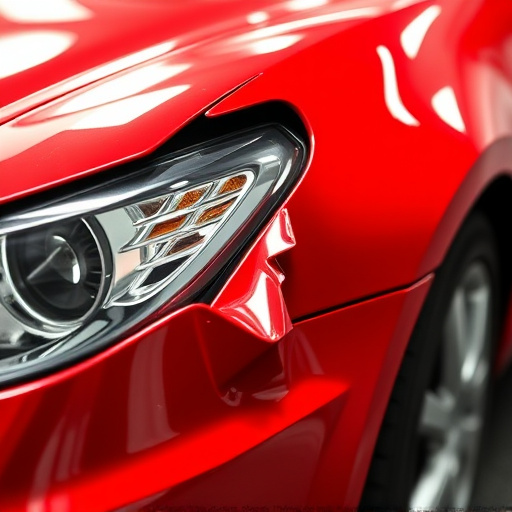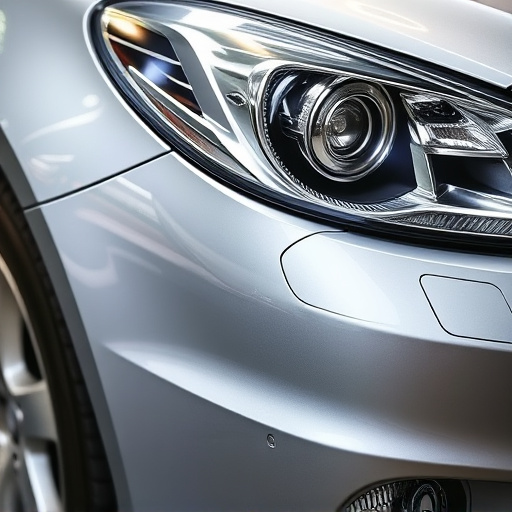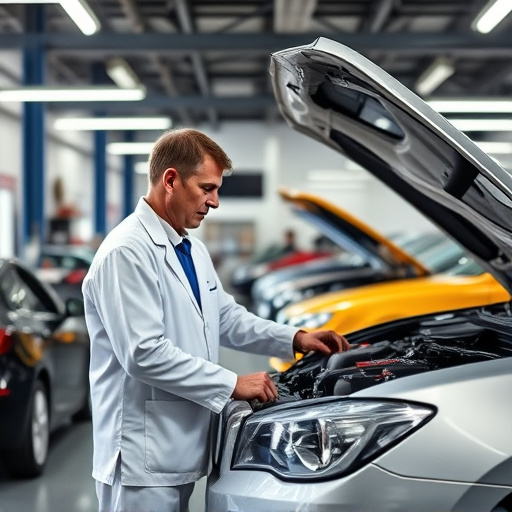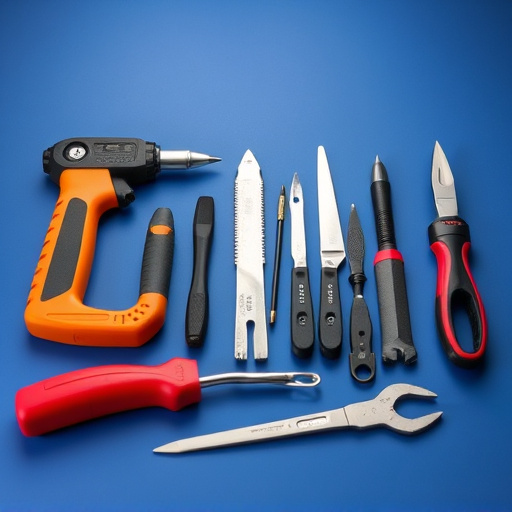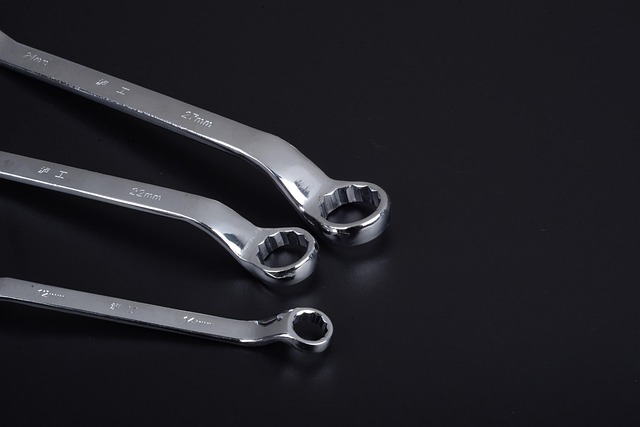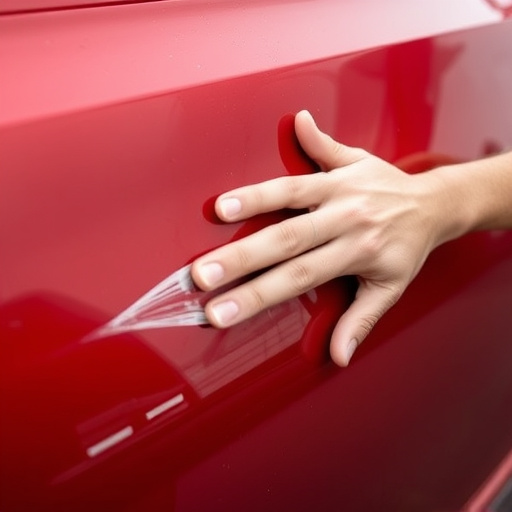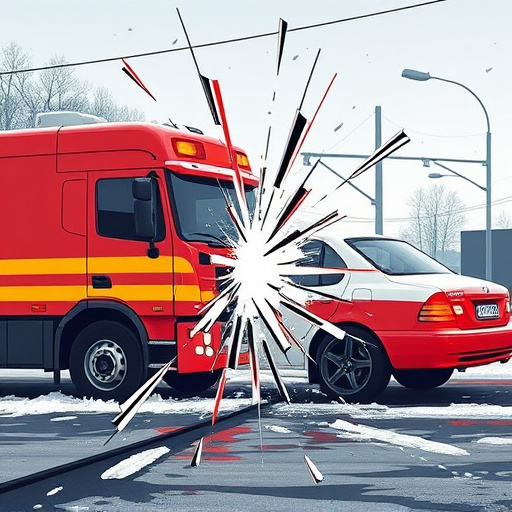Pearl finish collision repair demands meticulous attention to detail due to its unique light-reflecting properties. Specialized tools, visual inspections, and gap checks are vital for color matching and structural integrity. Advanced techniques like plastic welding maintain panel dimensions, ensuring a flawless finish. Standardization, surface preparation, and regular training enhance consistency and adherence to industry standards.
Avoid unsightly mismatched panels in pearl finish repairs with our comprehensive guide. Understanding the intricacies of this luxurious, multi-layered coating is key to successful collision repair. Learn how to identify inconsistent or damaged panels and employ effective strategies for achieving seamless, consistent finishes. From basic principles to advanced techniques, master the art of pearl finish collision repair and deliver top-tier results that delight clients.
- Understanding Pearl Finish: Basics and Challenges
- Identifying Mismatched Panels: Tips for Repairers
- Effective Strategies to Ensure Consistent Finishes
Understanding Pearl Finish: Basics and Challenges
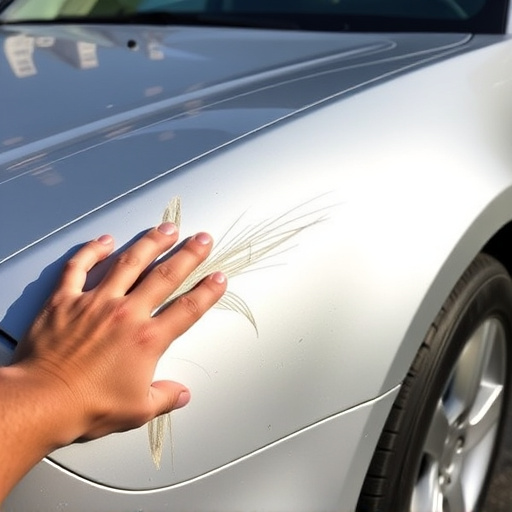
Pearl finish is a unique and visually striking automotive paint job that has gained popularity for its luxurious sheen and depth. However, achieving a seamless, uniform pearl finish in collision repair can be challenging due to several factors. The surface of pearl-finished cars is designed to reflect light in a way that creates an ever-shifting kaleidoscope of colors, making it incredibly intricate to match this finish accurately during repairs. Any mismatch in panels can instantly give away the repair, damaging the car’s overall aesthetic appeal.
In the realm of auto body shop services, especially for cars with pearl finish, understanding the material properties and application techniques is paramount. Unlike traditional paint jobs, pearl finishes require meticulous attention to detail and specialized tools to create and maintain their distinctive look. Paintless dent repair techniques are often employed to preserve this finish, as they avoid the need for re-painting, thus minimizing the risk of color mismatch. Car bodywork services that offer such advanced repairs ensure that damaged panels are restored seamlessly, preserving the pearl finish collision repair’s integrity and beauty.
Identifying Mismatched Panels: Tips for Repairers
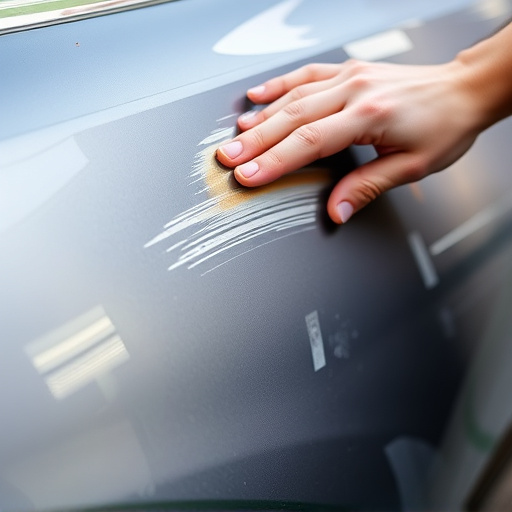
When it comes to pearl finish collision repair, one of the most frustrating challenges for repairers is dealing with mismatched panels. This occurs when a replacement panel doesn’t precisely match the color, texture, or reflectivity of the surrounding panels on the vehicle. To avoid this issue and ensure a seamless finish, repairers should employ several strategies.
First, conduct thorough visual inspections using high-quality lighting to identify even subtle differences in the pearl finish. Compare the potential replacement panel against the existing ones under various lighting conditions. Next, utilize advanced tools like color-matching scanners or digital cameras with specialized filters to capture precise color data. These devices can help repairers find the exact match for a given panel, ensuring both aesthetic and structural integrity. Additionally, checking panel gaps and alignment is crucial; even minor discrepancies can lead to mismatches during painting, so ensure all panels fit perfectly before proceeding with any auto repair services. For dent removal or dent repair, professional techniques like plastic welding or pressing should be employed to maintain the original dimensions and shape of the panels, which is paramount for achieving a flawless pearl finish.
Effective Strategies to Ensure Consistent Finishes
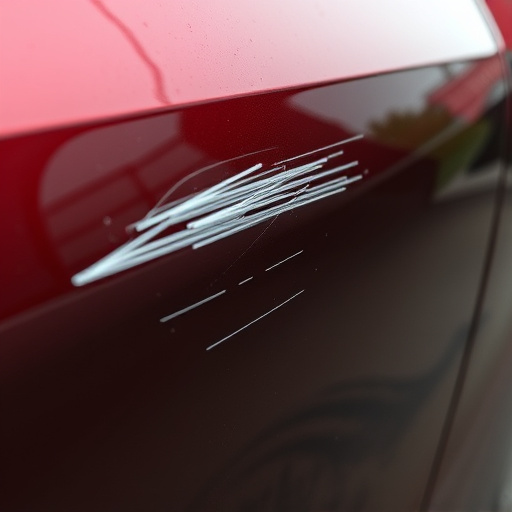
Achieving consistent finishes in pearl finish collision repair is paramount to maintaining a high-quality, professional look. One effective strategy is standardization—using identical panels and components across all repairs. This ensures that every panel has the same color, texture, and sheen, resulting in seamless integration upon completion.
Moreover, proper preparation of the surface before painting is crucial. This includes meticulous cleaning, sanding, and priming to create a smooth foundation for the pearl finish. Utilizing specialized auto glass repair and car dent repair techniques can also help mitigate issues, ensuring that every detail is accounted for. Regular training sessions for your body shop services team can further enhance consistency by keeping everyone updated on best practices and industry standards.
When it comes to pearl finish collision repair, avoiding mismatched panels is key to achieving a seamless and professional result. By understanding the unique characteristics of pearl finishes, employing strategic identification techniques for mismatched panels, and implementing consistent application methods, repairers can master this intricate art. With these effective strategies in place, you’ll be well-equipped to deliver top-notch repairs that match the original pearl finish perfectly.
